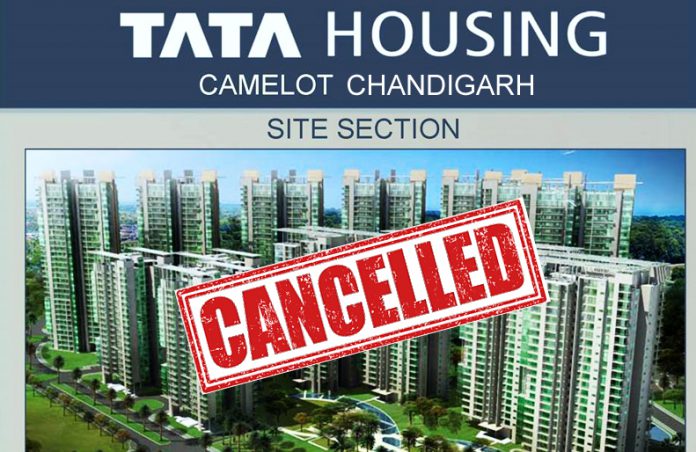Keeping in view the environmental implications of Tata Housing Development Company Limited’s Camelot high-rise township project in Greater Mohali, the Delhi high court cancelled all its government clearances.
Reasons given by the Delhi high court for shelving the project:
- The project fell within the catchment area of Chandigarh’s Sukhna Lake. The area includes Sukhna Lake and Sukhna Wildlife Sanctuary, and
- Punjab government and Nayagaon village panchayat did not follow proper clearances for the project.
The Bench has, however, allowed the company to re-apply for permissions.
Background of the Case:
Since the beginning, concerns over adverse impact of the Tata’s Camelot project on Sukhna lake’s biodiversity and environment have been raised. The area included Sukhna Lake and Sukhna Wildlife Sanctuary. The case was filed before Punjab and Haryana high court.
2013: Punjab and Haryana high court first considered the case. The court sided with the company in August 2013 and allowed the project to continue.
- Supreme Court set aside the Punjab and Haryana high court order.
- The case was transferred the case to the Delhi high court.
About Tata’s Camelot Project:
Tata Housing Development Company Limited proposed building 1,794 residential flats in its Camelot Project in Village Kansal, Tehsil Kharar, District Mohali (Greater Mohali). It is proposed to be of 19 towers, comprising 7-28 floors. The project first asked for government permission in 2006. Punjab government refused clearances but within an year in 2007 took a U-turn and started supporting the project.
Source: Times of India
Image Credits: Google Images





















